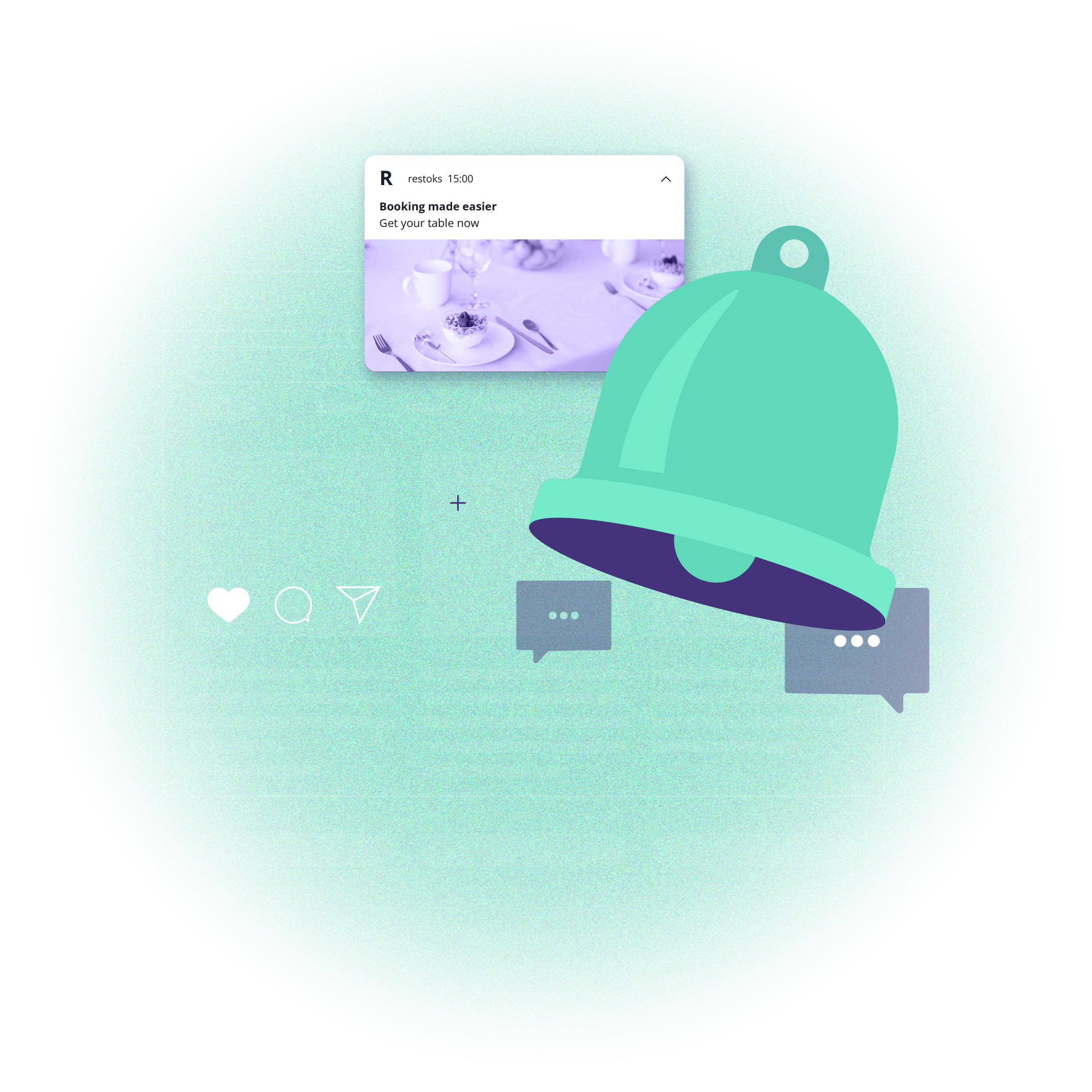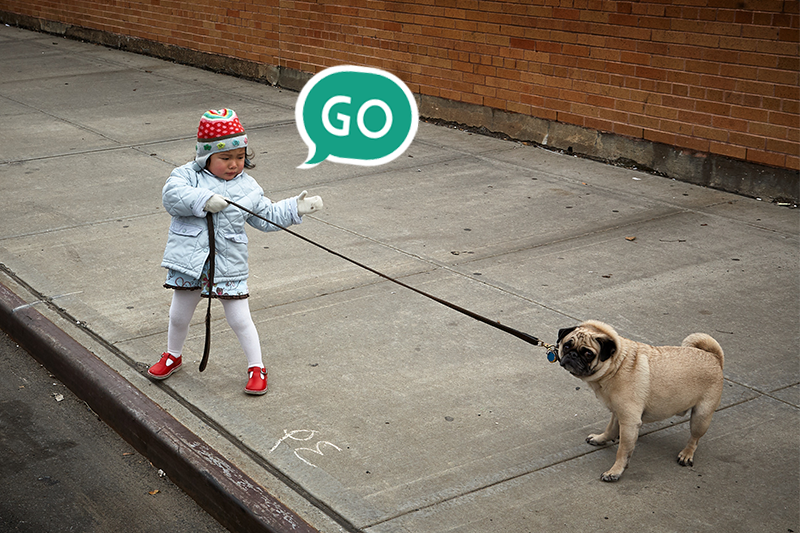Building habits with mobile push
 Aleksandra Kozioł
Aleksandra Kozioł © PeopleImages from Getty Images Signature via Canva Pro
© PeopleImages from Getty Images Signature via Canva ProMobile push notifications can do more than sell and inform. Some companies use them to help their customers build healthy habits through gamification.
Today, it's over four months since the New Year. And, for many people, weeks since they'd given up on their resolutions. Meanwhile, some of us are introducing new fit-for-summer plans. Many who continue learning new languages, drinking water, or exercising use various mobile apps to keep them on track.

Apps can help you:
Learn new languages
Build everyday habits
Take care of our wellness with meditations
Help you exercise
Unless, of course, you stop using the app after two days. The statistics are pretty bleak on this account: almost all apps, no matter the industry, experience over 80% drops in return visits after just one week. That's a lot of missed opportunities to sell (in the case of entrepreneurs building the apps) and get better (for the end users).
Gamifying everything
What exactly does gamification mean? The definition states that it incorporates elements of game design, such as challenges, competitions, and rewards, into non-game contexts like apps, websites, or physical experiences.
And how exactly does it look? Here's Audible with their badges and statistics. The user is awarded not just for listening time - which can be checked on a separate screen - but for using the app to the fullest, re-listening their audiobooks, making annotations, and listening to snippets before buying a new title.

What does Audible achieve? Users learn about important features that enhance their experiences. They spend more time with the app. And this sort of virtual high-five for keeping up with their listening habits can make them feel better about themselves. No matter if they listen to short YA novels or James Joyce.
The scary owl
Mobile push is constantly in use for apps that are making us make our lives better. For example, turn us into polyglots. Like one famous language app with an owl reminding the users about daily practice. It even went viral, spawning some hilarious memes along the way:

And to make matters even funnier - it seems that it succeded in bringing new users to the app.
Gamification and loyalty programs
So why are we talking about gamification instead of loyalty programs? And what are the main differences between those two mechanisms - if any?
Loyalty programs use gamification mechanics to drive sales and ensure that customers return to cash in on new discounts they receive. These programs often involve point systems, tiered memberships, or exclusive offers to encourage customers to choose one brand over another for their purchases. The focus here is on driving immediate sales and building a long-term relationship with customers through rewards and perks.
On the other hand, the goal of gamification is to make tasks or interactions more enjoyable and engaging by tapping into people's natural desires for achievement, competition, and social interaction. While gamification can also drive sales indirectly by increasing engagement and brand loyalty, its primary aim is to enhance user experience, encourage desired behaviors, and build long-term engagement and loyalty by making activities more enjoyable and rewarding.
Let’s take another look at Audible. They use mobile push to promote their newest sales as well as my personal listening successes.

Gamification works best in subscription-based apps. They are more likely to bring back subscribers to the activities they've signed up to do.
Habit-building communication
We are a forgetful species. Installing an app won't change a thing if we don't remember to use it. This is where mobile push comes in handy. How to build habit-forming communication?
Set clear objectives: make sure your user knows exactly why they receive your notification and what they should do about it.
Understand your audience: know your target users and what motivates them. Tailor your gamification features to their preferences and interests to maximize engagement. This may also mean sending them reminders at a specific time of day when they're most likely to find time for their desired routines.

Make sure they know they're doing good: congratulate them on reaching their daily, weekly, or monthly goals, getting to new levels, and getting ahead.
Provide immediate feedback: offer immediate feedback on user actions to reinforce positive behaviors.
Incorporate challenges and quests: introduce challenges, quests, or missions that users can complete within the app. Make the tasks progressively more challenging to keep users engaged and motivated to come back for more.

Personalize the experience: use data-driven insights to personalize the gamification experience for individual users.
Iterate and improve: continuously monitor user feedback and analytics to evaluate the effectiveness of your gamification features. Iterate your design based on user insights and data to improve the app experience.

And if you want to learn more about mobile push notifications and their role in mobile apps, reach out to us at hello@pushpushgo.com

Content Specialist @PushPushGo
Editor and writer. She is interested in media and new technologies.
Try PushPushGo to engage and connect with your audience.
Create an account and start testing!




-awyppldpvr.webp)
